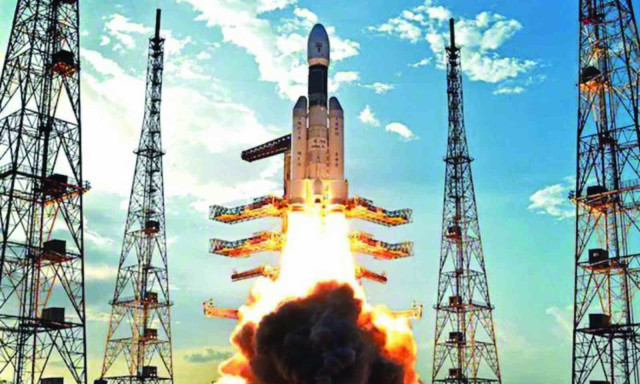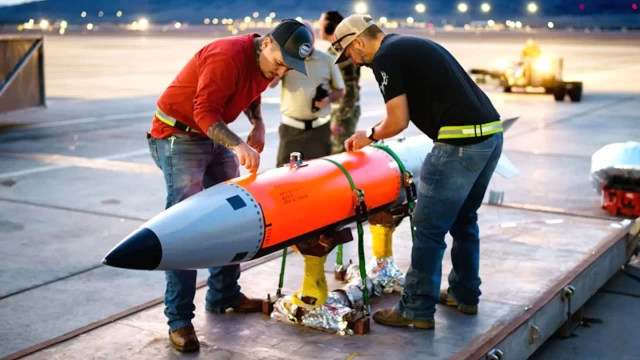ISRO Takes a Giant Leap with Unmanned Gaganyaan Mission Tests
- Posted on October 17, 2023
- Technology
- By Arijit Dutta
- 528 Views
The Indian Space Research Organisation (ISRO) unveiled its ambitious plans on Monday to kickstart unmanned flight tests in preparation for the Gaganyaan human spaceflight mission. Scheduled to occur between 7 a.m. and 9 a.m. on October 21 at the Sriharikota spaceport, these tests are set to showcase the performance of the crew escape system, a pivotal component of the Gaganyaan mission.
 Image Source -www.millenniumpost.in
Image Source -www.millenniumpost.in
The Indian Space Research Organisation (ISRO) unveiled
its ambitious plans on Monday to kickstart unmanned flight tests in preparation
for the Gaganyaan human spaceflight mission. Scheduled to occur between 7 a.m.
and 9 a.m. on October 21 at the Sriharikota spaceport, these tests are set to
showcase the performance of the crew escape system, a pivotal component of the
Gaganyaan mission.
Confirming the date was Dr Jitendra Singh, India's Minister for Science and Technology, as reported by the Economic Times. This
crucial test will involve launching a module into the vast expanse of outer
space, safely returning it to Earth, and recovering it following a gentle
touchdown in the Bay of Bengal. The Indian Navy has already begun simulated
operations to prepare for the module's recovery, as stated by Singh during a
felicitation program for ISRO engineers who played essential roles in the
Chandrayaan-3 and Aditya L-1 missions, as reported by ET.
The first test vehicle flight for the Gaganyaan mission
will take place on October 21, according to S Somanath, the chairman of ISRO
and secretary of the Department of Space. After that, we have a carefully
prepared series of three further test flights, called D2, D3, and D4. During
these test flights, the focus will be on completing thorough tests.
The Test Vehicle Development Flight (TV-D1) is set to launch, primarily to assess the crew module (CM), which will ultimately carry Indian astronauts during the Gaganyaan spaceflight slated for the following year. According to ISRO, the test crew module, while unpressurized, will be launched using a specially designed single-stage liquid rocket meant to simulate an emergency abort scenario. The actual crew module is slated to be atop a 143-foot-tall Launch Vehicle Mark-3 (LVM3) rocket, consisting of solid, liquid, and cryogenic stages, recently certified for human safety, as per R. Hutton, the project director of the Gaganyaan mission, stated in a report by Space.com.
Also Read: Bajaj Finance Boosts Tech Roadmap With Pennant Technologies Stake Acquisition
ISRO's statement highlighted that the test module will
scrutinize various mission components, including drogue parachutes designed to
stabilize and decelerate the spacecraft during re-entry. The module will also
evaluate the "recovery aid actuation systems" and the Crew Escape
System (CES), examining the "CM fairing and Interface Adapters" to
assess the emergency escape system designed to eject astronauts if necessary.
Upon the crew module's return to Earth, the Indian Navy
will execute a recovery operation in the Bay of Bengal using a dedicated
vessel. ISRO has further plans for additional test flights, including one
featuring Vyommitra, a humanoid robot capable of humanlike interactions, as
reported by Hindustan Times.
In short, ISRO's recent announcement underscores the
significant progress made in the Gaganyaan mission, setting the stage for a
historic human spaceflight endeavor.




